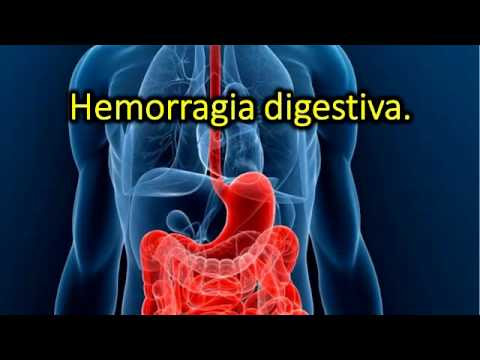Association between age and type of lesion found by low endoscopy in patients with low gastrointestinal hemorrhage attended at santa rosa hospital. january-december 2015
Asociación entre la edad y tipo de lesión encontrada por endoscopia baja en pacientes con hemorragia digestiva baja atendidos en el hospital santa rosa. enero-diciembre 2015
Keywords:
Low digestive hemorrhage, Anatomical location of the lesion, Type of endoscopic injuryAbstract
Objective:
To determine the association between age and the types of lesions found in patients with a diagnosis
of low digestive hemorrhage undergoing low endoscopy in the Gastroenterology service of the Santa Rosa hospital.
Methods:
Observational, analytical, retrospective study, information was collected from the lower digestive endoscopy reports and the medical history files of the Gastroenterology service. The variables: age, sex, type of injury and anatomical location of the lesion; they were summarized to cards for their statistical use using the SSPS version 22 and Excel programs for the graphs and tables, the Chi square test was used, with a value of p <0.05 as statistically significant.
Results:
Significant sample of 180 patients with an average age of 62 years, divided into G1: (18-34 years) with 10% of the sample, the endoscopic examination predominates without evidence of injury, followed by hemorrhoids, G2: (35-64 years) with 38% of the sample, external hemorrhoids predominate, G3: (65 to more) with 52% of the sample, internal hemorrhoids predominate, with respect to sex 60% are female; The most frequent anatomic location was found at the level of the rectum-anus. In addition, the association between patients <35 years and 35 years of age with respect to the presence or absence of endoscopic injury, generated an OR of 18,514 which was statistically significant.
Conclusion:
It is concluded that there is an association between age and / or age group with the type of endoscopic lesion found, predominantly the age group GIII corresponding to adults over 65 years, in which the highest number of internal and external hemorrhoids was found ; there being an association between the age of the patient and the presence of endoscopic lesion, with an OR of 18.5; which indicates that there is 18.5 times more risk than an older patient with low digestive hemorrhage found by endoscopy
low, so this relationship was statistically significant.
Downloads

Downloads
Published
How to Cite
Issue
Section
License
Copyright (c) 2019 Revista de la Facultad de Medicina Humana

This work is licensed under a Creative Commons Attribution 4.0 International License.



































